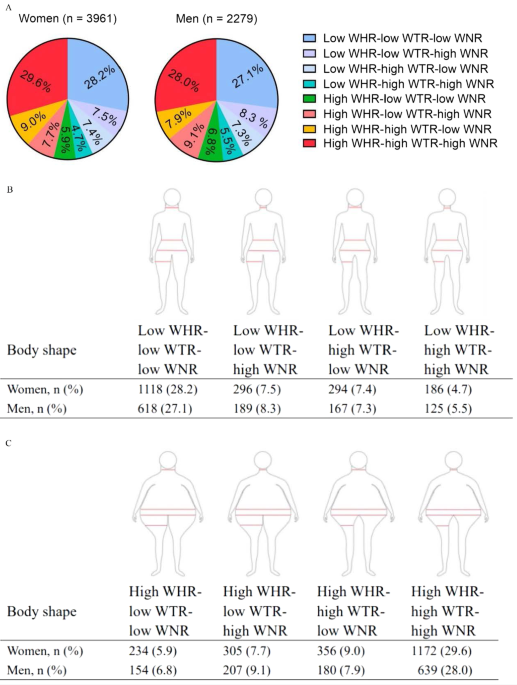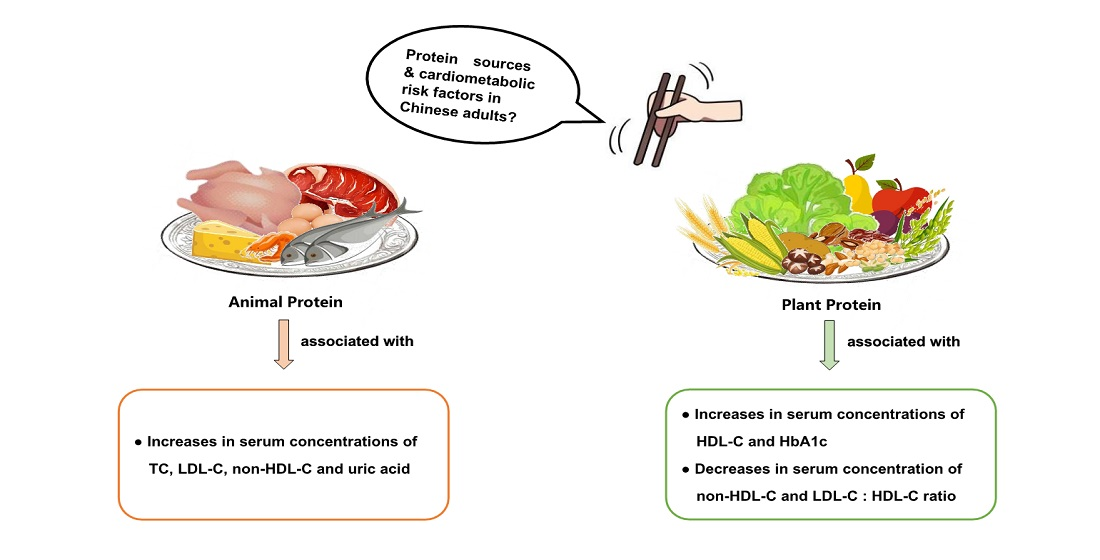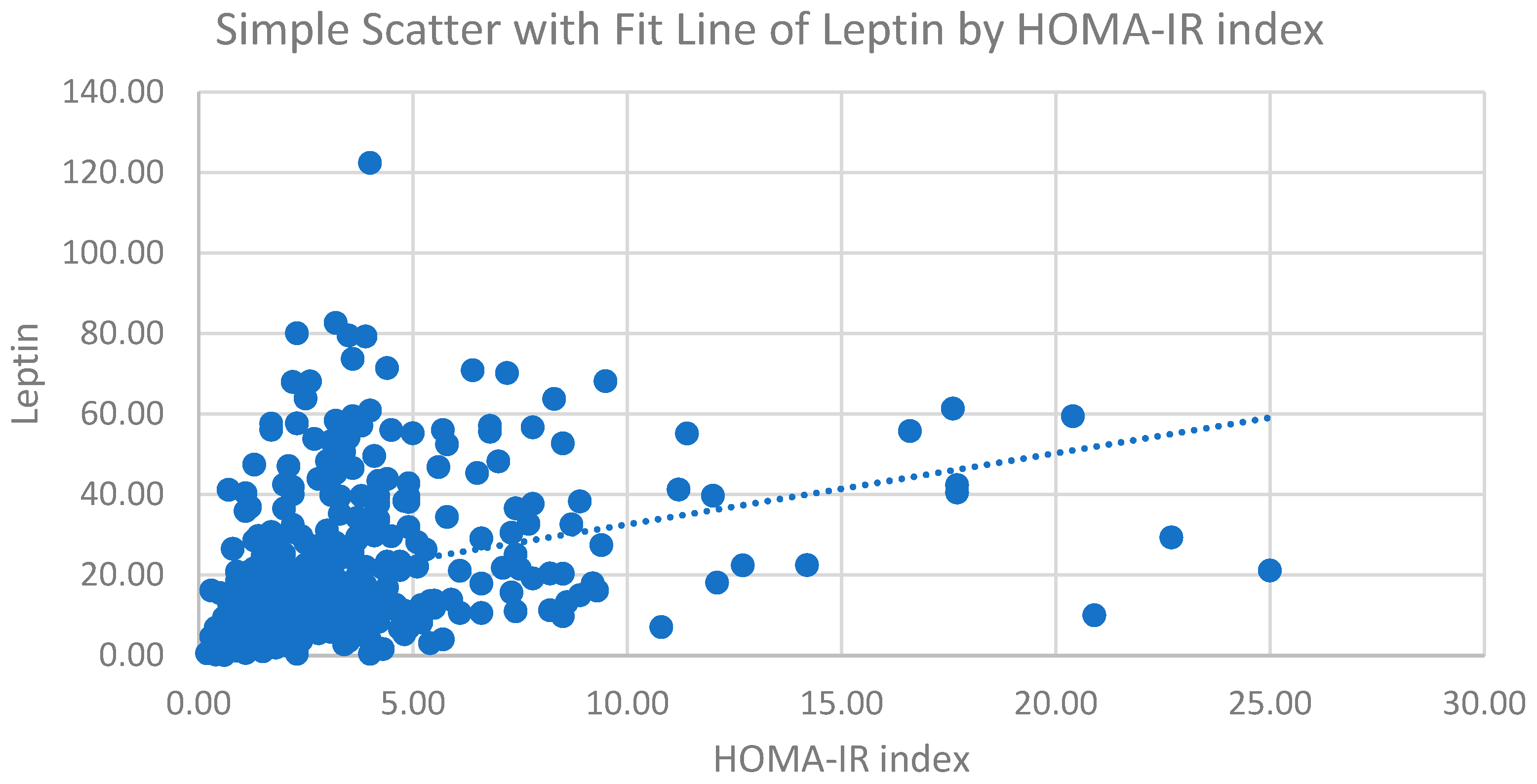Associations of body shapes with insulin resistance and cardiometabolic risk in middle-aged and elderly Chinese, Nutrition & Metabolism
$ 18.00 · 4.7 (570) · In stock

Background We aimed to define refined body shapes by using multiple anthropometric traits that represent fat distribution, and evaluate their associations with risk of insulin resistance (IR) and cardiometabolic disorders in a Chinese population. Methods We performed a cross-sectional analysis in 6570 community-based participants aged ≥ 40 years. Four body circumferences (neck, waist, hip, and thigh) and their ratios were put simultaneously into an open-source Waikato Environment for Knowledge Analysis platform to select the worthiest indicators in determining IR. The ratio of the top 3 fat distribution indicators was used to define the refined body shapes. Results We defined 8 distinct body shapes based on sex-specific combinations of waist-to-hip ratio (WHR), waist-to-thigh ratio (WTR), and waist-to-neck ratio (WNR), which differed in participants’ distribution and risk of IR and related cardiometabolic disorders. In women, as compared to the low WHR-low WTR-low WNR shape, all body shapes were significantly associated with IR and related cardiometabolic disorders; while in men, the low WHR-high WTR-high WNR shape and the higher WHR related shapes were significantly associated with IR and related cardiometabolic disorders. Stratified by WHR, the results were consistent in women; however, no significant associations were detected in men. Conclusions We defined 8 distinct body shapes by taking WHR, WTR, and WNR, simultaneously into account, which differed in association with the risk of IR and related cardiometabolic disorders in women. This study suggests that body shapes defined by multiple anthropometric traits could provide a useful, convenient, and easily available method for identifying cardiometabolic risk.

Nutrients, Free Full-Text

Effects of Intermittent Fasting on Health, Aging, and Disease

Chinese Guideline on the Primary Prevention of Cardiovascular

Study finds increased body and abdominal fat cause insulin resistance in teenagers, raising type 2 diabetes risk

How to Reverse Insulin Resistance

Cardiovascular and Renal Outcomes with Efpeglenatide in Type 2

Dietary insulin index, dietary insulin load and dietary patterns

Metabolic and proteomic signatures of type 2 diabetes subtypes in an Arab population

JCM, Free Full-Text